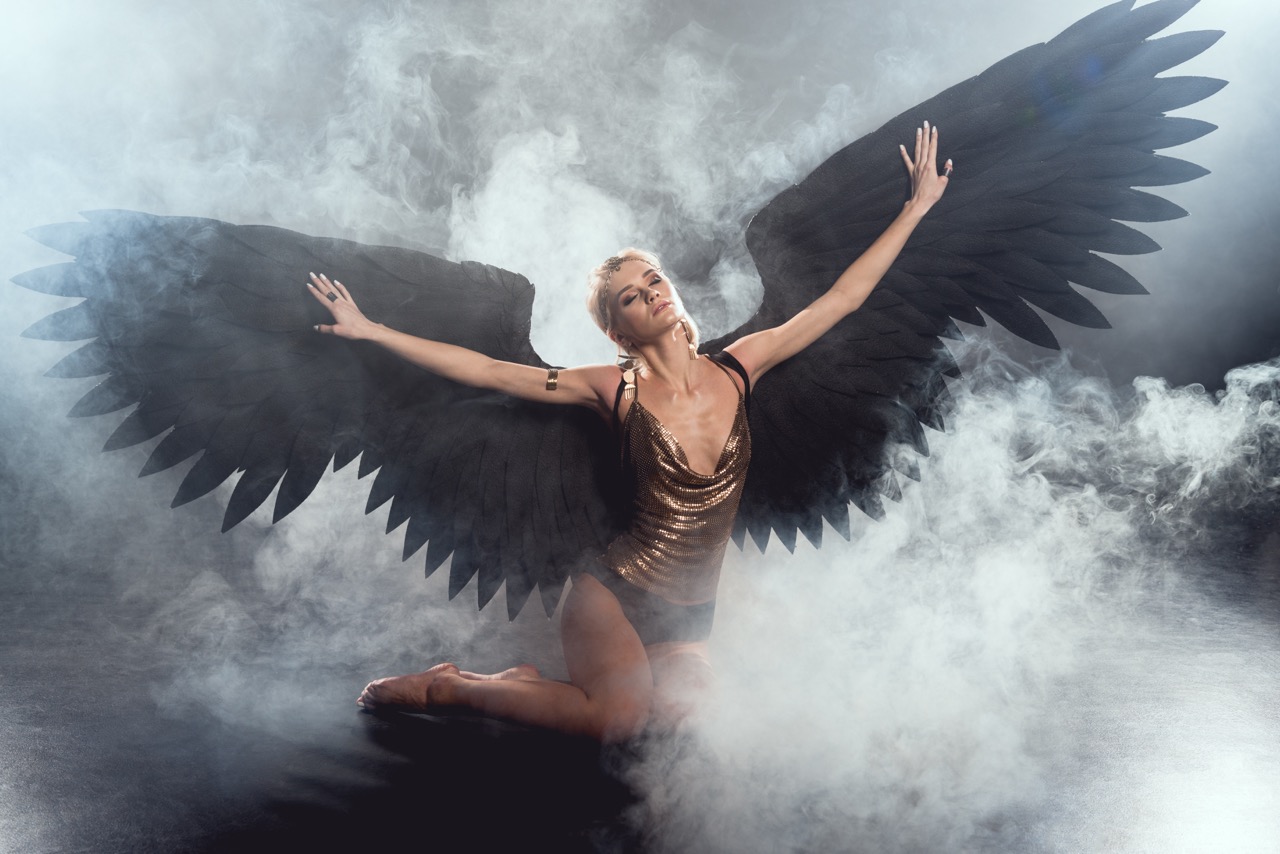The intersection of dance and technology is a vibrant realm of creativity that is reshaping the landscape of performance art. As audiences seek more immersive experiences, artists are exploring new ways to enhance their work through digital tools and innovations. This fusion not only expands the possibilities of choreographic expression but also alters how we engage with and appreciate dance. In this article, we will delve into the dynamic relationship between dance and technology, exploring the future of performance in a world increasingly driven by innovation.
The Fusion of Movement: Dance Meets Digital Innovation
The synergy between dance and technology is not merely an adaptation but a profound evolution. Artists are now harnessing advancements such as motion capture, augmented reality, and artificial intelligence to amplify their storytelling. Through these tools, dancers can push the boundaries of physicality, creating breathtaking visual spectacles that enhance the emotional depth of their performances. The ability to manipulate digital elements in real time allows for an unparalleled exploration of themes and narratives, transforming the dance floor into a multi-sensory landscape.
Moreover, the rise of multimedia platforms has democratized access to dance, allowing choreographers to share their work globally. This accessibility has led to a rich tapestry of cultural exchange, where diverse styles and techniques can be blended and celebrated. Traditional forms of dance are now being infused with digital elements, resulting in innovative hybrids that challenge conventional definitions of the art form. This fusion invites a new generation of creators and audiences to engage with dance in ways that were previously unimaginable.
In educational contexts, technology is proving instrumental in enhancing dance training and choreography. Virtual classes and online workshops have expanded opportunities for aspiring dancers to learn from masters across the globe. Furthermore, innovative tools such as wearable technology are providing insights into biomechanics and performance analytics, allowing artists to refine their techniques and understand their bodies in new ways. As technology continues to evolve, so too will the creative possibilities for those who seek to express themselves through movement.
Choreography in Code: Designing the Future of Dance
As contemporary dance evolves, choreographers are increasingly turning to code as a new medium for composition. Dance programming languages, such as Max/MSP and Processing, allow artists to choreograph not only the movement of bodies but also the integration of sound and visual elements. This programming empowers creators to build complex, algorithm-driven performances that respond dynamically to audience interactions, creating a living, breathing piece of art that changes with each performance.
The concept of “choreographic coding” is gaining traction, wherein movement is defined by computational algorithms. This approach challenges traditional notions of authorship and creativity, as collaborative processes between human dancer and machine become more prevalent. Choreographers can simulate and visualize their ideas through software, experimenting with different configurations and movements that might not be feasible in a traditional rehearsal space. This opens a new frontier for creativity, where the possibilities are as infinite as the lines of code.
Moreover, this shift towards digital choreography encourages interdisciplinary collaborations, blending dance with fields such as robotics, interactive design, and sound engineering. Such collaborations not only enhance the final product but also foster a community of innovators who are reshaping the boundaries of performance art. As artists continue to explore the integration of technology in their work, the future of choreography promises to be as unpredictable and exhilarating as the movements they create.
Virtual Stages: How Tech is Revolutionizing Performances
The emergence of virtual stages has marked a seismic shift in how performances are conceived and experienced. With advancements in virtual reality (VR) and augmented reality (AR), audiences can now step into the world of the performance, engaging with it on a more personal level. This technology allows for immersive experiences where viewers are no longer passive observers but active participants in the narrative. Such environments enhance emotional engagement and create unique interpretations of the work.
Live-streaming platforms have also transformed the accessibility of dance performances, breaking down geographical barriers. Audiences from around the world can witness performances in real time, experiencing the thrill of live art from the comfort of their homes. This shift not only broadens the audience base for artists but also challenges them to consider how their work translates across different formats. Dance is becoming a global conversation, where each performance is a bridge connecting diverse cultures and communities.
In addition to expanding access, technology allows for the exploration of new aesthetics. Visual effects and digital projections can be integrated into performances, creating a rich tapestry of sound and imagery that enhances the dancer’s physical expression. The result is a multi-dimensional experience that transcends conventional stage boundaries, inviting audiences to see dance as a holistic spectacle. As virtual stages become more sophisticated, the potential for creativity and innovation within performance art continues to grow.
The New Frontier: Interactive Experiences in Dance Arts
Interactive experiences are revolutionizing the way audiences engage with dance, creating a participatory atmosphere that blurs the line between performer and viewer. Technology enables audience members to actively influence the choreography, often through mobile apps or wearable devices. This level of interaction fosters a sense of ownership and investment, allowing viewers to co-create the performance in real time. The result is a unique experience that varies from one performance to another, reflecting the collective energy and input of the audience.
Workshops and events that combine dance with technology further illustrate this trend toward interactivity. Artists are developing installations where participants can explore movement in a playful, innovative manner. These experiences often involve digital interfaces that respond to the movements of the body, encouraging exploration and creativity. By engaging audiences in this manner, artists can cultivate a deeper appreciation for dance, revealing the intricate relationship between movement, technology, and human connection.
The future of interactive dance experiences is not only about engaging audiences; it is also about fostering inclusivity and diversity within the art form. Technology has the potential to create spaces where individuals of all abilities can participate. Adaptive tools and virtual environments can accommodate diverse needs, ensuring that the beauty of dance is accessible to everyone. As we continue to explore the fusion of technology and dance, the opportunity to redefine and democratize the art form becomes a thrilling reality.
As we venture deeper into the 21st century, the interplay between dance and technology is poised to redefine performance art. This fusion offers limitless possibilities for artistic expression, creating a vibrant dialogue that transcends traditional boundaries. From the innovative choreographic techniques to the immersive experiences of virtual stages and interactive performances, technology is not just a tool but a catalyst for transformation. As artists, audiences, and technologists collaborate in this exciting landscape, the future of dance promises to be a dynamic, inclusive, and exhilarating journey into the unknown.










